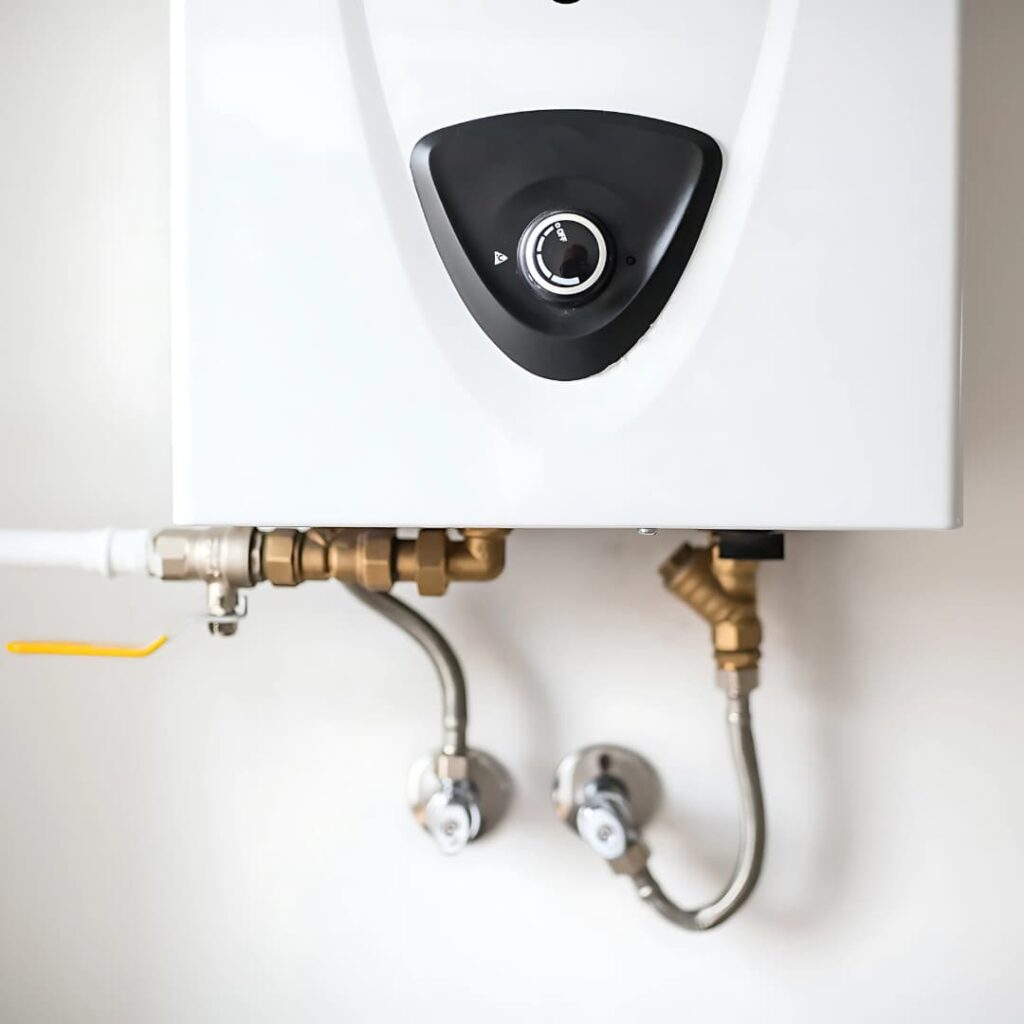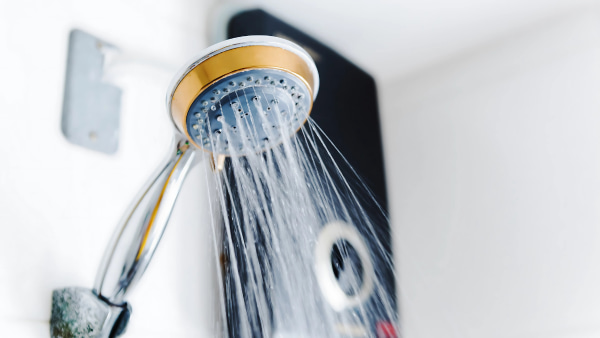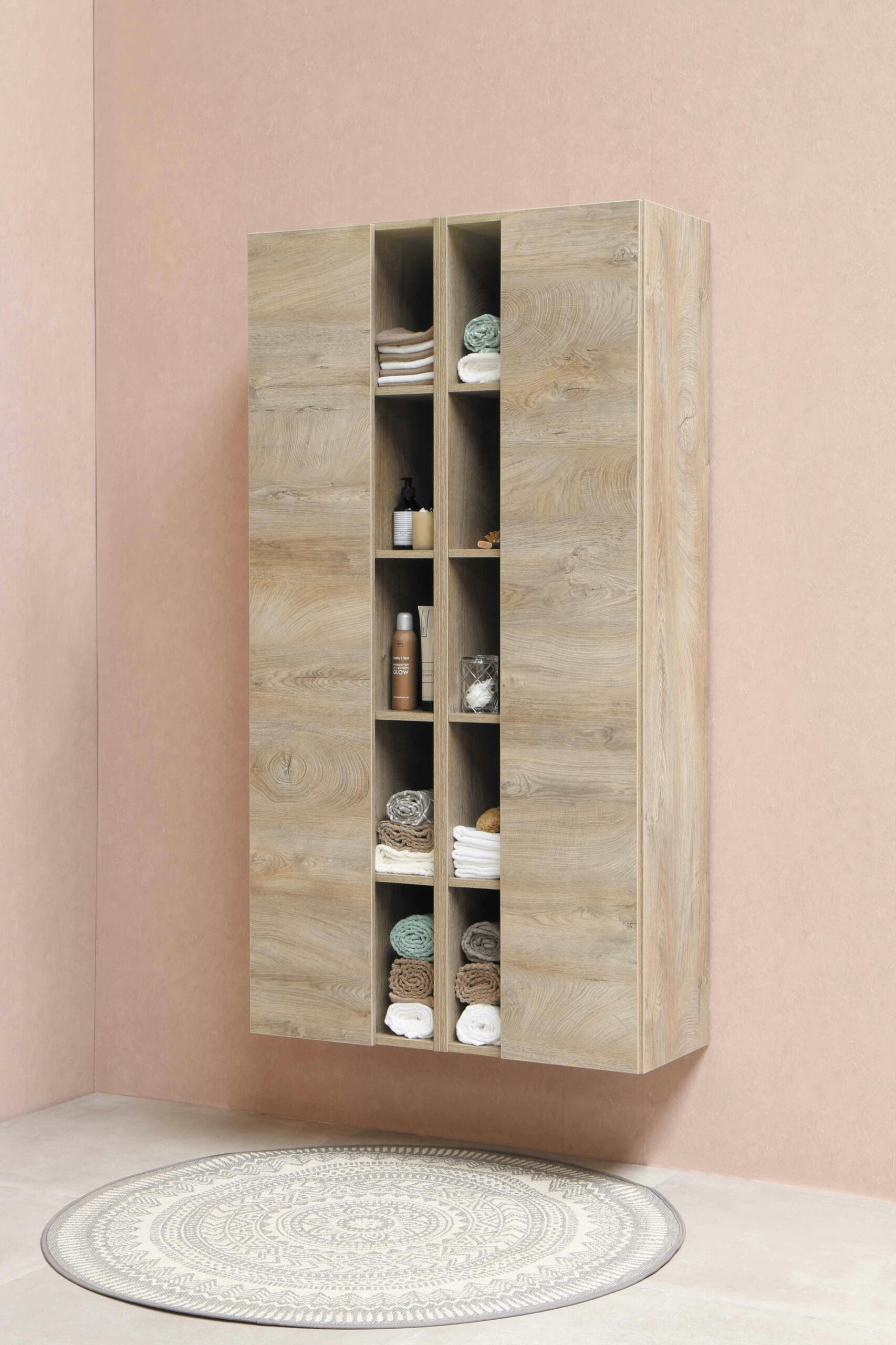Understanding Geysers: What Are They and How Do They Work?
A geyser, commonly known as a water heater, is an essential household appliance designed to provide hot water for various domestic uses such as bathing, cooking, and cleaning. Geysers operate based on specific heating mechanisms that allow for the efficient heating of water, primarily through electric, gas, or solar energy. Each type of geyser works differently, with electric geysers utilizing heating elements to warm the water, gas geysers employing burners, and solar geysers harnessing sunlight through solar panels to generate heat.

The capacity of a geyser, often measured in liters, typically indicates how much water it can store and heat at a given time. Geysers come in various sizes, making it possible for homeowners to choose one that aligns with their specific needs and usage patterns. For instance, a smaller family may require a 10-15 liter geyser, while larger households might opt for models ranging from 25 liters upward to ensure a consistent supply of hot water during peak usage hours.
One of the primary benefits of having a geyser in the home is the convenience it provides. Access to hot water on demand improves daily routines, such as showering or dishwashing, making these tasks faster and more efficient. Moreover, geysers enhance comfort levels during colder months, allowing families to enjoy warm baths without substantial delays. Additionally, with the advent of energy-efficient models, modern geysers are designed to consume less electricity or fuel, resulting in reduced energy costs while also minimizing the environmental impact. Overall, investing in a geyser can greatly improve household functionality and comfort.
Types of Geysers: Which One Is Right for Your Home?
Choosing the right geyser for your home involves understanding the different types available on the market. Generally, geysers can be categorized into three main types: storage geysers, instant geysers, and solar geysers. Each type comes with distinct features, advantages, and ideal applications that cater to various household requirements.
Storage geysers are perhaps the most common option. They operate by heating and storing a predetermined amount of water, typically ranging from 10 to 100 liters. The primary advantage of storage geysers is their ability to provide hot water for multiple taps simultaneously, making them ideal for larger households. However, they can be less energy-efficient if the stored water is not used, leading to heat loss. They are perfect for daily routines that require consistent hot water availability, such as bathing and laundry.
Instant geysers, on the other hand, heat water on demand. This type is particularly beneficial for smaller homes or spaces where water is needed in bursts rather than continuously. Instant geysers eliminate the need for storage tanks, making them compact and suitable for tight spaces. They also tend to be more energy-efficient since they heat water only when needed, which can lead to reduced utility bills. However, they may struggle to provide hot water for multiple outlets at once, making them less ideal for larger families during peak usage periods.
Finally, solar geysers harness solar energy to heat water, offering an eco-friendly alternative. This type requires a solar collector installed on the roof, which captures sunlight to generate heat. While the initial investment may be higher, solar geysers can significantly reduce electricity costs over time. They are particularly suitable for regions with ample sunlight, promoting sustainability in water heating.
In summary, assessing your household’s needs regarding hot water usage will help determine which geyser type is most appropriate, whether it be a storage, instant, or solar geyser.
Factors to Consider When Choosing a Geyser
When selecting a geyser for your home, several key factors must be taken into account to ensure you choose a unit that fits your specific needs and preferences. One of the primary considerations is energy efficiency ratings. Geysers can consume a significant amount of energy, so opting for a model with a high energy efficiency rating can lead to lower utility bills and a reduced carbon footprint. Look for geysers that are labeled with industry certifications to guarantee their efficiency and performance.
Another critical aspect is the heating capacity of the geyser. This refers to the amount of hot water the unit can produce at any given time. Depending on the size of your household and your daily hot water usage, you will need to select a geyser that can meet your demands without overworking itself. For homes with a higher consumption rate, a larger capacity geyser may be necessary to prevent inconvenience.
Installation requirements are also vital to consider. Different geyser types, such as tankless or storage models, come with varying installation needs. It’s essential to evaluate whether your existing plumbing and electrical systems can support the geyser you intend to install. Furthermore, be mindful of space considerations within your home. Some geysers require more installation space than others, especially when incorporating ventilation and accessibility for maintenance.
Lastly, budget constraints should guide your decision-making process. Geysers vary in price significantly based on their features and specifications. While it is tempting to opt for cheaper models, it’s crucial to weigh the initial cost against long-term savings in energy consumption and maintenance. Investing in a quality geyser not only assures reliability but also positively impacts the environment by reducing energy consumption over its lifespan.
Top Brands for Home Geysers: A Look at Market Leaders
When it comes to selecting the best geyser for your home, the brand plays a crucial role, as it often reflects the quality, reliability, and after-sales service you can expect. Several brands dominate the geyser market, known for their exceptional product ranges and customer satisfaction. Among them, AO Smith, Bajaj, and Racold stand out as market leaders.
AO Smith is widely recognized for its innovative water heater technology and energy-efficient solutions. They offer a comprehensive range of geysers, catering to both residential and commercial needs. Their products are known for their longevity and durability, with many models featuring advanced safety features. Additionally, AO Smith stands out in customer service, providing prompt assistance and robust warranty offerings, often extending up to five years for certain models.
Bajaj is another prominent name in the geyser market, boasting a reputation for offering high-quality products at competitive pricing. Their wide variety of geysers is tailored to the Indian consumer’s needs, ranging from instant geysers to storage models. Bajaj has established a strong presence across the country, with a focus on reliable performance and energy efficiency. Their customer service is well-rated, and the warranty period for most products ranges between two to five years, depending on the specific model.
Racold is known for its commitment to innovation and sustainability. With a product lineup that includes both electric and solar geysers, Racold offers versatile choices for environmentally conscious consumers. Their geysers are designed with technology that ensures rapid heating and reduced electricity consumption. Racold is appreciated for its dedication to customer support and has a robust warranty policy, often covering five years on heating elements.
Overall, these brands have set benchmarks in the geyser market, and their commitment to quality, customer service, and extensive warranty offerings make them reliable choices for homeowners looking to enhance their water heating solutions.
Energy Efficiency: How to Choose a Geyser That Saves You Money
In selecting a geyser for your home, energy efficiency is a critical factor that can significantly impact your electricity bills. Understanding energy efficiency ratings is essential as these ratings provide insight into a geyser’s operational performance and energy consumption levels. Generally, geysers are rated based on their energy factor (EF) or energy efficiency ratio (EER), with higher ratings signifying better performance and lower energy use.
When evaluating geysers, it is beneficial to look for models that meet or exceed the minimum energy efficiency standards set by government bodies, such as the US Department of Energy or the Bureau of Energy Efficiency in India. These agencies often designate products with star ratings, which help consumers identify energy-efficient appliances. A geyser with a higher star rating typically consumes less energy, translating into lower electricity costs. Selecting a model with a good warranty can also indicate quality and durability, which can further enhance energy savings over time.
Another important aspect to consider is the type of geyser you choose. Solar geysers are becoming increasingly popular as they harness energy from the sun, significantly reducing electricity consumption. While the initial investment may be higher, the long-term savings can be substantial. If solar is not an option, consider heat pump geysers that use a small amount of electricity to transfer heat from the surrounding air to heat the water, thus requiring less energy than conventional electric geysers.
Moreover, examining other features such as insulation quality and recovery rate can also influence energy efficiency. A geyser with excellent insulation will lose less heat, resulting in reduced energy usage. Similarly, a good recovery rate ensures that water is heated quickly, minimizing operational costs. In conclusion, by focusing on these aspects, you can select a geyser that not only meets your hot water needs but also minimizes energy consumption, thereby saving you money in the long run.
Installation Tips: How to Properly Install Your Geyser
When it comes to installing a geyser, professional installation is not just a recommendation but a necessity. A well-installed geyser operates efficiently and ensures a safe supply of hot water to your home. On the other hand, attempting to install the appliance yourself can lead to various issues, such as leaks, inefficient performance, and potential safety hazards. Therefore, enlisting the help of licensed professionals is crucial to avoid these complications.
Before the installation process begins, there are several preparations that should be made. First, confirm local plumbing codes and regulations, as these may dictate specific requirements for geyser installation. Choosing the right location for your geyser is essential as well; it should be near a water source and electrical supply, ensuring accessibility for maintenance and repairs.
The following is a step-by-step guide to properly install your geyser:
- Preparation: Gather all necessary tools and materials, including pipe fittings, wrenches, and safety equipment.
- Turn Off Utilities: Before beginning, ensure you turn off the electricity and water supply to avoid accidents.
- Install Mounting Bracket: Securely fix the mounting bracket to the wall, using appropriate anchors for support.
- Connect Water Lines: Attach the cold and hot water lines to the geyser inlet and outlet, ensuring they are properly sealed to prevent leaks.
- Electrical Connections: Connect the geyser to the electrical supply, making sure to follow all safety protocols.
- Test for Leaks: Restore the water supply and check for any leaks around the fittings and connections.
- Power Up: Finally, turn on the electricity to the geyser and verify its operation.
During the installation, safety precautions should be taken seriously. Always wear protective gear such as gloves and goggles, and avoid working in wet conditions. If at any point you feel uncertain about the installation process, it’s wise to consult or hire a qualified technician.
By adhering to these guidelines for proper installation, homeowners can enjoy the benefits of their geysers without the stress of potential malfunctions or hazards.
Maintenance and Care: Keeping Your Geyser in Top Condition
Proper maintenance and care are essential for ensuring the longevity and efficient performance of your geyser. Regular upkeep not only prevents potential issues but also enhances safety and energy efficiency. One of the first steps in maintaining your geyser is to regularly check the pressure relief valve. This valve is crucial for preventing excessive pressure buildup, which can lead to leaks or, in worst-case scenarios, an explosion. It is recommended to test this valve at least every six months to ensure it is functioning correctly.
Additionally, inspecting the geyser for leaks and corrosion is vital. Any signs of water around the base or on the geyser itself should be addressed promptly, as these indicate possible issues that could escalate if not handled. Water quality also plays a significant role in geyser maintenance. Hard water can lead to mineral buildup inside the tank, which can interfere with heating efficiency and even damage the geyser over time. To combat this, consider draining and flushing your geyser every six months, ensuring the removal of any sediment that may have accumulated.
It is also advisable to check the temperature settings of your geyser. Keeping the thermostat at a reasonable level, ideally around 60 degrees Celsius, can help reduce energy consumption while still providing adequate hot water. If you encounter any persistent issues, such as insufficient hot water or strange noises coming from the geyser, it may be time to consult a professional. A qualified technician can conduct a thorough inspection and suggest necessary repairs or replacements if needed.
In summary, maintaining your geyser through regular checks, temperature management, and professional servicing when needed will ensure it continues to operate efficiently and effectively for years to come. Proper attention to care and maintenance can significantly extend the life of your unit, making it a worthwhile investment for any household.
Cost Analysis: Understanding the Total Cost of Ownership
When it comes to selecting a geyser for home use, understanding the total cost of ownership is paramount. Initially, the most apparent expense is the purchase price of the geyser itself. Prices can vary significantly based on the type, brand, capacity, and features of the geyser. It is prudent to assess various models on the market to find one that fits within your budget while meeting your household needs.
Beyond the initial purchase, installation costs must also be estimated. Professional installation is often recommended to ensure safety and efficiency, particularly for electric geysers that require a dedicated circuit. Installation costs can fluctuate depending on the complexity of the setup, your location, and whether any special modifications are needed, such as plumbing or electrical work. Therefore, obtaining quotes from multiple service providers can help you identify a reasonable range for installation expenses.
Ongoing maintenance and operational costs are crucial components of the total cost of ownership as well. Geysers require regular servicing to maintain functionality and efficiency, which could mean annual check-ups and potential repairs. Additionally, energy consumption plays a significant role in long-term expenses. Investing in energy-efficient models might entail a higher upfront cost, but the savings in monthly energy bills can offset this over time. Features like a good energy rating can drastically influence how much you spend on energy in the long run. Durability is also essential; selecting a geyser made from high-quality materials can reduce the frequency and cost of repairs.
In conclusion, while the initial purchase price of a geyser is important, it is equally vital to consider all associated costs, including installation, maintenance, and operational expenses, to fully understand the total cost of ownership.
User Reviews and Testimonials: What Do Real Consumers Say?
User reviews and testimonials play a crucial role in helping potential buyers make informed decisions when selecting a geyser for their home. By examining feedback from real consumers, we can gain valuable insights into the performance, reliability, and overall satisfaction associated with various geyser models on the market.
Many users commend the efficiency of modern geysers, noting the reduced energy consumption and quick heating capabilities. Customers frequently highlight specific brands or models that effectively meet their hot water needs. For instance, some users have reported excellent experiences with tankless geysers, praising their ability to provide hot water on demand without the need for a storage tank. This is particularly advantageous for larger families or households with higher hot water usage.
Conversely, there are instances where consumers have expressed dissatisfaction with certain models. Common complaints include issues related to inconsistent water temperature, longer heating times, or frequent maintenance requirements. Additionally, some users have pointed out that certain geysers lack adequate insulation, leading to higher energy bills due to heat loss. These testimonials serve as a reminder for potential buyers to consider the insulation quality when evaluating a geyser’s efficiency.
Moreover, durability and warranty coverage are significant factors discussed in user experiences. Positive feedback often revolves around brands that provide robust warranties and have established reputations for long-lasting products. Consumers appreciate companies that stand behind their products, offering peace of mind and assurance that any potential issues will be addressed promptly.
As consumers evaluate different geyser options, analyzing user reviews can be instrumental in guiding their decision-making process. These real-life experiences provide invaluable context that can assist potential buyers in weighing the pros and cons, ultimately leading to a more satisfactory purchase.
















